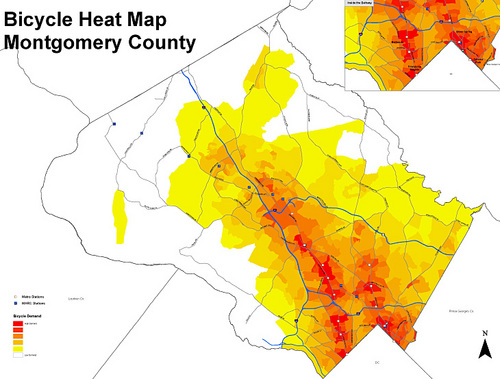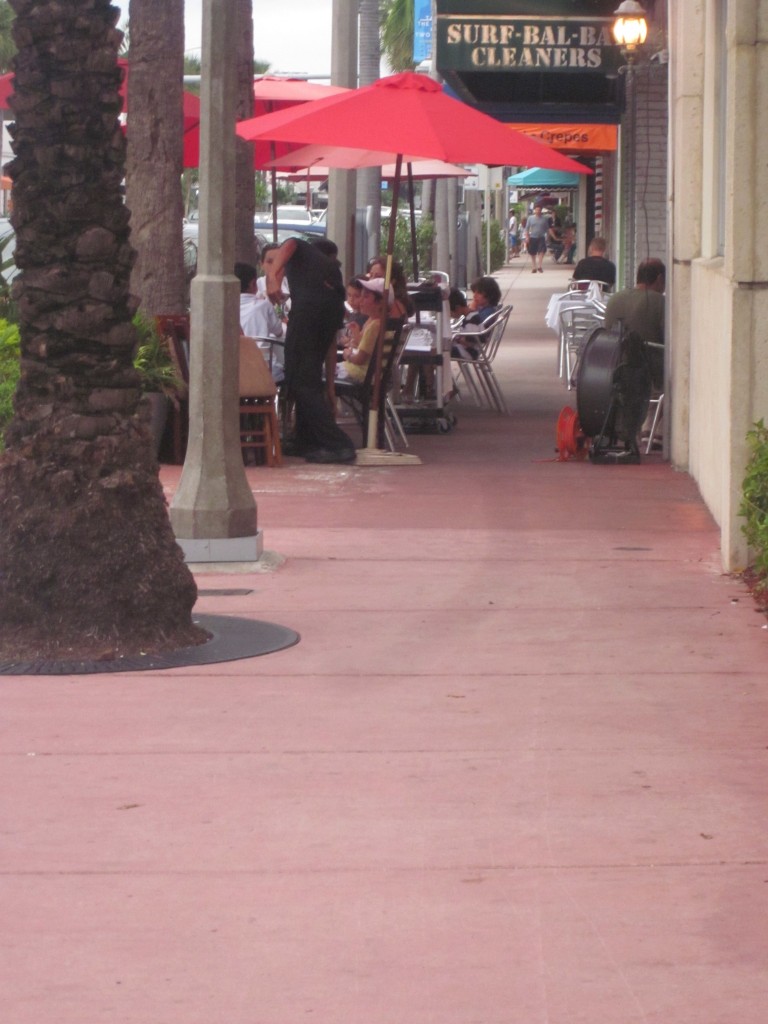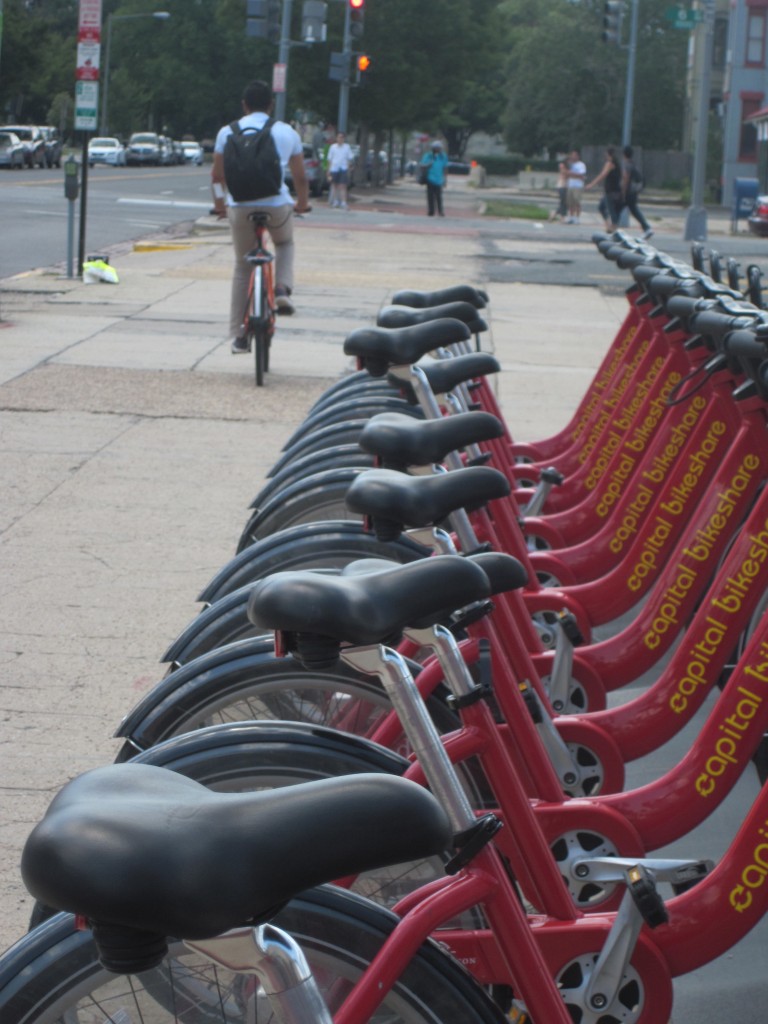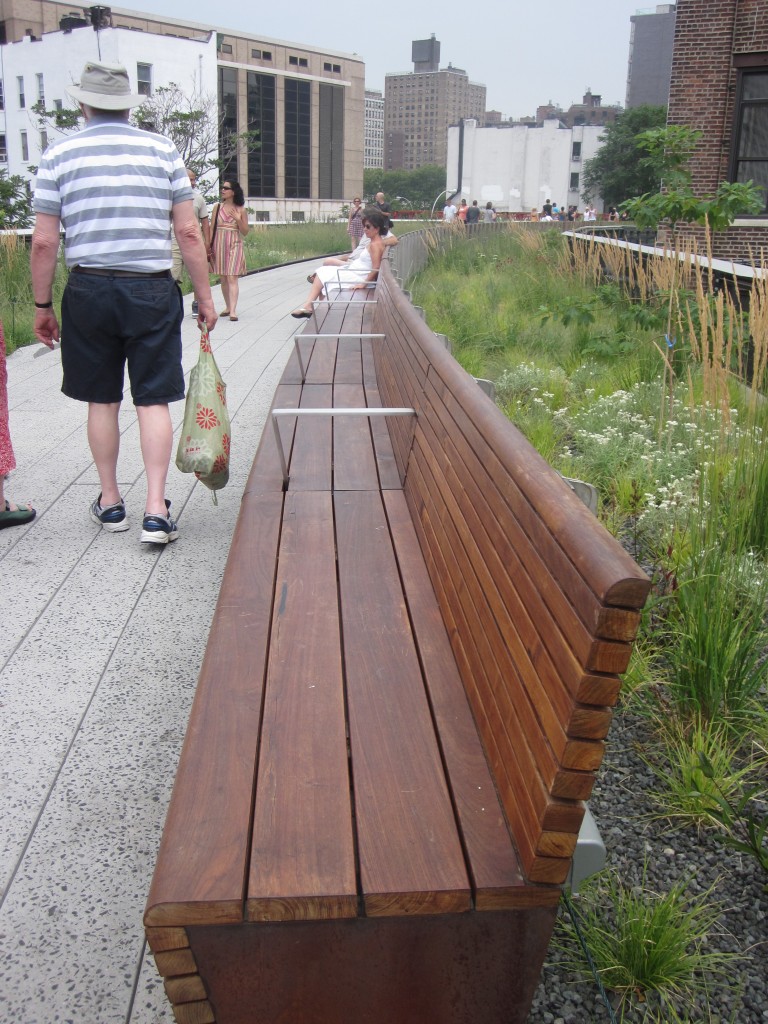
Scientific American’s special issue on cities covers nearly every urban topic you can think of, from the not so lost aromas of New York’s Fulton Fish Market to the history of the toilet and its influence on the growth of cities. From China to Saudi Arabia, from street markets to solar energy, the issue examines technological and social aspects of urban settlements.
Closer to home, one article asks “Can Suburbs be Designed to Do Away with the Car,” using King Farm in Rockville as an example of the challenges inmaking suburbs and suburbanites transit-friendly. There are plenty of reader comments with the usual claims of elitism and happiness; see where your ideas fall.



